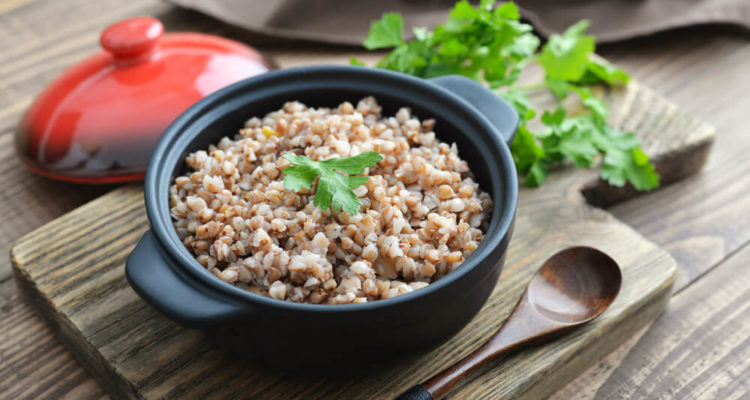
Why we need to eat buckwheat more often
0
Buckwheat groats occupy the same place in Ukrainian cuisine as rice in Asian and Middle Eastern culture. And buckwheat fully justifies such trust.
Buckwheat kernels are pale brown or green in color. Buckwheat is not related to wheat, so it does not contain gluten. Buckwheat grains can be used in buckwheat teas or processed into flour, noodles and groats. Cereals are used in the same way as rice in several traditional European and Asian dishes.
Buckwheat has a high content of minerals and antioxidants, which provides a number of health benefits. The nutritional value of buckwheat groats is much higher than that of many other cereals. Carbohydrates are the main dietary component of buckwheat groats. It also contains protein, many necessary minerals and antioxidants. Buckwheat is safe for everyone to eat, except for a small percentage of people who may be allergic to it. It is most common in those who already have an allergy to rice or latex.
Buckwheat has a low to medium glycemic index, which causes blood sugar levels to rise more slowly after a meal, so it is safe to eat. eaten by patients with diabetes and useful for those who want to improve their blood sugar balance. Maintaining a good sugar balance helps maintain good heart health.
Magnesium, copper, fiber, some proteins, and plant compounds such as rutin help maintain good heart health. Buckwheat contains the largest amount of rutin, one of the best antioxidants among cereals. Antioxidants protect body tissues from oxidative stress and slow down the aging process. Rutin protects the heart, reduces the risk of blood clots in blood vessels, reduces inflammation and blood pressure. Buckwheat was also found to reduce cholesterol, which is a risk factor for cardiovascular diseases.









Leave a Reply